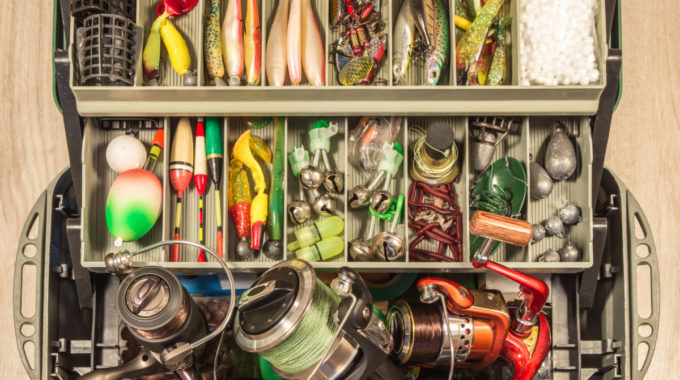
Part 2: A Fishy Tragedy, Avoided
As I said at the end of Part 1 of this blog series, the real question is, what’s on the hook? Because every fish that swims off before you have a conversation with it is a tragedy worse than the failure to land one that does end up on your line. We get excited by closing (landing our fish) because of our mental imperative to remember only the peak experience and the last experience within any meaningful encounter. The peak may be “Fish on!”, but the last experience is closing: show me the marlin, pose for the picture, put a fin or two of commission in your pocket, and head for the bar to make sure that fish grows to appropriate size, helped by appropriate libations.
What about the ones that just swam right by because your hook was baited all wrong? For one thing, we know they outnumber the one we finally caught — if we caught one, that is. After all, lots of closings never happen, and the line breaks right when you are reaching over the gunwale with your sharpest gaffe. Among these escapees — the fish that we drove away with our boring or irrelevant or timid bait — were a bunch that were much bigger than the one we caught. And some of those big ones aren’t fighters. They actually like boat rides! But we’ll never know. We just keep taking pictures and telling fish stories, blithely unaware of the existence, much less the tender tasty qualities, of the ones that really got away.
Don’t be so negative!
This fishy story is about a hidden math problem in sales — the problem of “false negatives.” A false negative happens when we conclude that something doesn’t fit our selection model, when in fact it does. We just didn’t make the model stick to the facts, because either:
- we were missing the very existence of a possible match, or
- we messed up the matching process, like checking to see if a round peg fits a round hole by inadvertently turning the peg sideways, noticing it doesn’t go in, and then throwing it aside as “didn’t fit — must not be round!”
False negatives are a tragedy, literally. They are the missed appointment with the mate of your dreams, because you had a flat tire on the way to that critical first date. Or you arrive alive, change the color of her lovely dress from white to wine with a careless reach across the table, and then forget, just for a moment, what Mom tried to teach you about apologizing — and now it’s too late.
In sales, we commit these tragedies at pace and scale, because the fish are always on the move, and once they’re gone, they’re pretty much gone. Especially if you didn’t snag their destination along with their cell phone number if you did manage to get a nibble in the form of a first conversation.
A different equation
Consider this math: if 100 prospects have swum into range, and you only cast one line, one time, while they are still in range, your max catch is one fish. Your min catch is zero, of course. Your mean catch is something in between: let’s say half a fish, depending on bait quality and fisherman’s luck. If you cast 10 lines while the fish are in range, your max is 10, your min is zero, and your mean is somewhere in between: more like 5 fish.
Even if you only really have enough room in your hold for one fish, and it feels great casting twice to get one on the line, your choice among all the many fish is reduced to a rather disappointing “whichever one I caught.” Whereas, if you got five on the line, you can at least choose to try to land the biggest one, or the one with the bluest fins, or whatever goes over well back home. In the “one line” case, you let nine fish slip away for every one you got on the line. The tragic result is, you are stuck trying to land the only one you hooked. And if you lose that one, it’s back to square zero — and you don’t even know which way those fish were headed, because your sample size was just one fish.
Since our false negatives can tragically swim away, let’s take a look in Part 3 at how a tried-and-true script can help to get them on the line.
